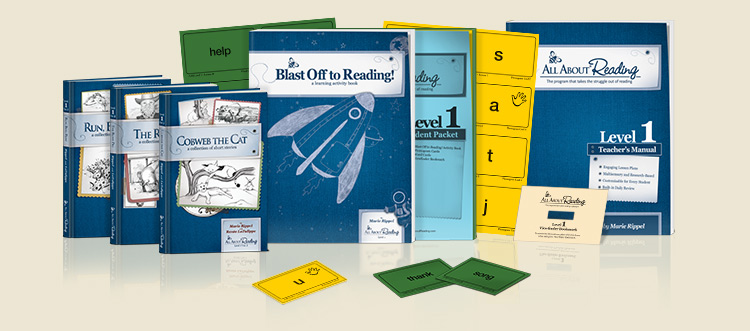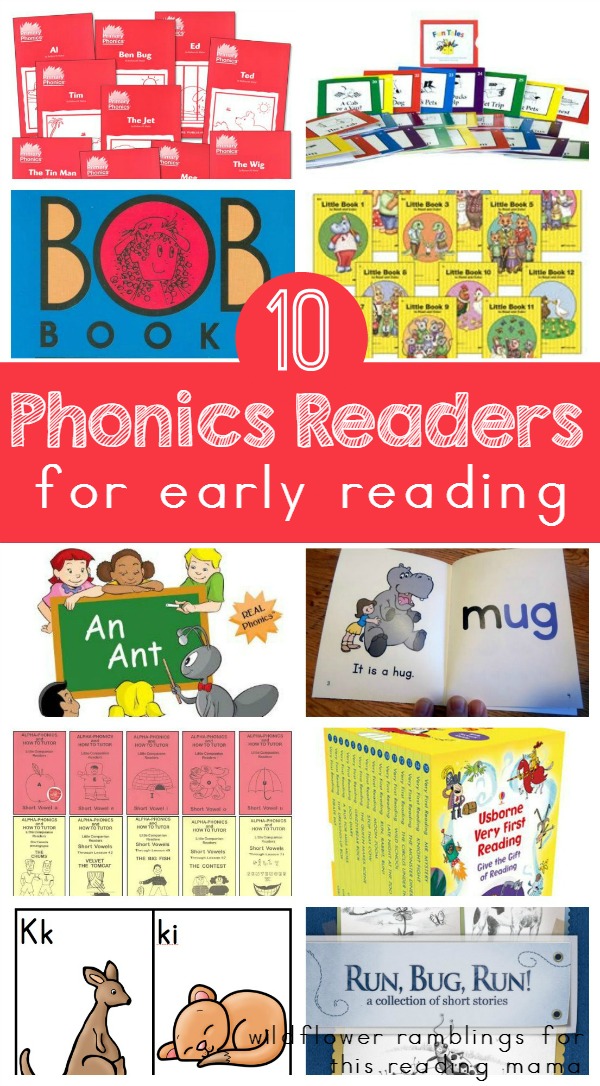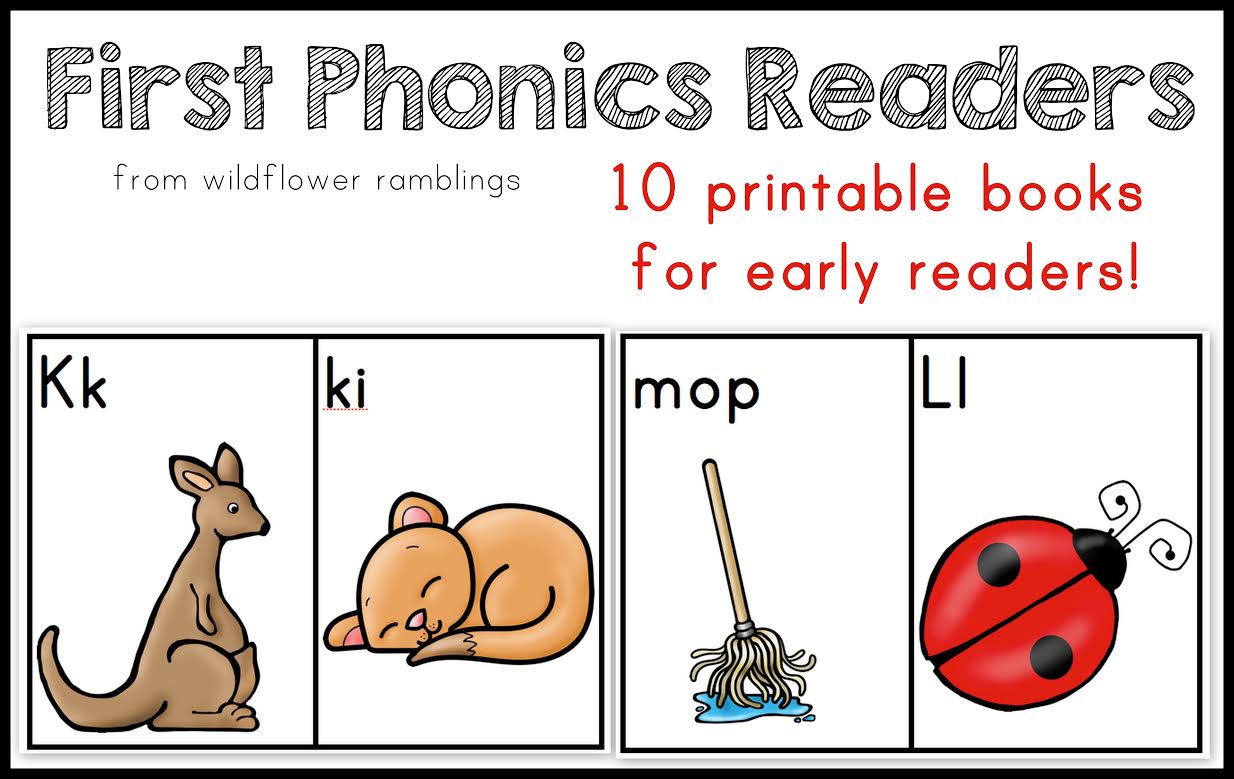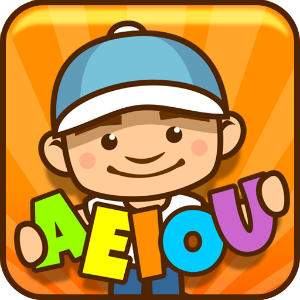Why teach phonics?
Phonological awareness extends into phonics when a child understands that letters make sounds and those letters create words. In 2000, the National Reading Panel released its report, and they concluded, without room for doubt, that early instruction in phonics is the best way to teach children how to read. This expansive study researched letter-sound correspondence (phonics) versus the “look-say,” or whole language, teaching that had been a struggling method since the 1950’s. They unanimously found that phonics is the best approach to early reading.
The release of this report does not mean that we should let go of “sight words.” Certainly children need to know those too! The core of reading instruction should be based on phonics patterns and methods. Of course we, as adults, do not sound out the words we read; so our goal is for children to commit words to memory for both reading and spelling. But for beginning readers, it is most beneficial to sound it out.
We set a student up for success from the beginning by giving them the tools to decode words (through phonics learning) and by providing adequate time to review and master older concepts, or sounds, before introducing new ones. Each of the Phonics Readers below does just that. They reinforce the learning.
What phonics readers are best for my child?
Many children can read long before they can print their letters or begin copywork or writing stories. Every child’s progression level is different. I know three year olds who read fluently, and six year olds who are not quite there yet. Each child will learn at their own pace. Becky wrote about three important skills needed before reading.
It is important to only introduce Phonics Readers if your child knows some letter sounds, shows interest, and can sit in one place for 5-10 minutes. Whether you homeschool and want a great set to focus on with your child, or you want to supplement your child’s school learning, having a Phonics Readers Set in your home will help your child work on their phonetic learning. There are many Reader Sets that teach the phonetic approach to reading.
We want to set our children up for success!!
When you discover that your child has learned their letter sounds, and you feel that he/she is ready to begin combining those sounds to create words, then he/she is ready for a Phonics Reader Set. And I wholeheartedly recommend any of the below 10 Sets to you today! I have weighed pros and cons for each reader, and I share my favorites. The most important thing we need to ask ourselves is:
What does my child need?
- Is your child more engaged with fun and vibrant images? (Usborne)
- Is your child easily distracted, so do you need fewer pictures? (Bob Books, Fun Tales, Primary Phonics)
- Do they need a very slow progression with a lot of review? (The Measured Mom)
- Do you want sight words to be learned alongside sounding it out? (Usborne, Bob Books, Primary Phonics, The Measured Mom)
- Do you want to start them with vowels first? (A Beka)
- Do your children need slow and steady review of their phonics words? (Wildflower Ramblings, A Beka)
- Are they ready to read many sentences on one page with the same phonics structures? (Alpha-Phonics)
Phonics & Book Ownership
While there is a need for hands-on printables and workbooks, I believe a child greatly benefits from owning their own small Phonics Reader Set. To be able to hold their own books, and be able to synthesize the words without struggling, children will grow confidence!
We read to our children every day, but they rely on us to read to them. Reading a book on their own will make all the difference in their learning and desire to read! Oh the first joy to see them read their own book for the first time!
*This post contains affiliate links.
The 10 Best Phonics Reader Sets
1. Bob Books are an incredibly effective and affordable option for any child. They include simple illustrations, so they do not distract from the simple developmental text. Bob Books Set 1: Beginning Readers starts with simple sentences such as:
Mat sat. Sam sat.
Mat sat on Sam.
After phonetically sounding out words, along with recognizing the common sight words in each book, children can begin to comprehend and connect with the text for further understanding. Becky {This Reading Mama} created free printables for Sets 1-5 of Bob Books Readers to reinforce sounding out words with the Bob Book Readers. These are perfect for reinforcing concepts and further hands-on learning, and they are FREE!!
2. My favorite phonics-based book set are the Storybooks from Primary Phonics. I think I am nostalgic because I learned to read with these sweet little books! These books begin with sounds (m, n, r, f, s, l) that can each be voiced without a vowel sound. This makes them easier to blend with the vowel. It also introduces letter Aa as the first vowel sound, which is the case for all the Phonics Readers listed. At the beginning, your child will be sounding out:
Tab is a cat.
The illustrations in Primary Phonics are very simple, and the readers progressively learns their vowel sounds. These Storybooks Starter Set 1 are the perfect introduction to phonics-based early reading. The books contain decodable stories, so they have an added comprehension element while the inside covers clearly list phonetic concepts and sight words included in each book.
3. Fun Tales are the first readers offered from the homeschooling curriculum, Sonlight. Just like A Beka, they are a Christian company, but they do not have any religious references in their phonics books. I love the fun, simple illustrations, and again, they progressively move through the letter sounds, as your child is able, introducing only a few at a time. There are 27 books in the set for just $21. The Fun Tales are followed by their incredible I Can Read It! series which is an excellent reference for phonics teaching and decoding with consonant digraphs and long vowels.
4. The Very First Reading Set from Usborne includes shared reading for an adult and child to enjoy a fun story together. The first book, Pirate Pat, uses only 8 letters to create the sentences that your child will read. And each book adds more letters to create more words to sound out together.
On the left page, the adult, or older child, will read a more descriptive text that sets the scene or makes the story more exciting! Children start by learning just a few phonemes, then learn to combine these in order to read beginning words. The Very First Reading Set has 15 high-quality books in all which will be used through the kindergarten and first grade years. They introduce all the sounds in an order of progression that will benefit your child’s comprehension skills, spelling, and pronunciation. We love the fun stories and vibrant pictures, so they are great for children who like an extra visual element!
5. A Beka Phonics Readers start very slow, and they only introduce six sounds at once. These are perfect for readers just starting out. The text is large and accessible for the youngest readers. For example, the Little Books your child can sound out:
“sa” as they see the bear “sat”
CVC (consonant-vowel-consonant) words are progressively learned with delightful, full-colored pictures. The only downside to these readers (and it’s a big issue to note) is that Abeka’s program learns all the vowels in their first little book. Learning the vowels — because they all sound so similar to a child just becoming phonologically aware — is not beneficial for most children.
These readers may work for your child as a review of the letter sounds or if you think they can distinguish easily between the vowel sounds. The second two sets of phonics readers are excellent for fluency and early story comprehension: Animal Friends Books, and Basic Phonics Readers Set.
6. Alpha-Phonics Companion Readers are an excellent edition to the tried and tested Alpha-Phonics program, another program that has been around for years. These readers drill a reader on their vowels sounds before moving to the next letter. They do include small hand-drawn pictures, and have more text than the other readers I’ve mentioned above. This would be an excellent review reader, but it wouldn’t be the first one I’d choose for your younger reader who is just beginning. Here is an example of the first page of text in the first reader:
Al can bat. Can Jack bat?
Mack and Jack can bat.
Can Pat bat? Pat can bat.
7. If you’re looking to save money and print out a free resource, The Measured Mom has created mini phonics books for each word family. I absolutely love these books, particularly because of their large text. A child can sound out each word in the word family with confidence. These are an incredible resource and I highly recommend them!
If you want to save time, you can purchase all 134 developmental phonics books at her store in one click. She recommends reading these alongside Becky’s awesome and comprehensive Reading the Alphabet curriculum and Anna’s free sight word readers.
- Set 1: Short a word families
- Set 2: Short i word families
- Set 3: Short o word families
- Set 4: Short e word families
- Set 5: Short u word families
8. Another resource that you may consider are the First Phonics Readers from Wildflower Ramblings. I created these readers for my son who struggles to sound out three letters together (h – a – t), but can understand and synthesize two letters being sounded out together (h – a).
Each of the ten little books introduces only 3-4 new letters at a time and builds words with large text and vibrant, colorful images. These are similar to the A Beka Readers, in that they progress slowly and steadily, but they begin with only one vowel (Aa), and add more vowels as they are progressively comfortable for the child. My son, a struggling and impatient reader, has been gaining confidence with these little readers, and I hope they benefit your child as well!!

9. Your student will learn many concepts with the All About Reading: Level 1 curriculum. I love that while introducing new concepts, it also includes several phonics readers that reinforce the concepts learned. Every component of reading is taught: decoding (phonics and structural analysis), vocabulary, fluency, and comprehension. The three readers included are Run, Bug, Run, The Runt Pig, and Cobweb the Cat. Here is simple text from the fourth story, which includes simple text and pencil-drawn illustrations:
The big bad rat hid in a tin can.
 10. You may prefer to not have many small Phonics Readers lying around your home or school room, and you may want all your stories in one place! I have a wonderful suggestion with incredibly fun stories! An Ant – Learn to Read, beginning with Book 1, teaches only six sounds to start, with the Aa vowel, and builds on concepts formerly learned. I adore the fun, smart illustrations and creative stories, and I know children would too. They are all included in one large book, so this may be more convenient to some teachers or students, depending on preference.
10. You may prefer to not have many small Phonics Readers lying around your home or school room, and you may want all your stories in one place! I have a wonderful suggestion with incredibly fun stories! An Ant – Learn to Read, beginning with Book 1, teaches only six sounds to start, with the Aa vowel, and builds on concepts formerly learned. I adore the fun, smart illustrations and creative stories, and I know children would too. They are all included in one large book, so this may be more convenient to some teachers or students, depending on preference.
Another invaluable tool that I also recommend is the moveable alphabet. This allows your child to build letters as he/she begins to sound out words. Having this tactile element can be incredibly beneficial for students beginning to decode and synthesize words.
I sincerely hope that this collection of Best Phonics Reader Sets will help you make an informed choice for your child(ren) or students. There are many options out there, and it is important to keep the child’s needs and interests in mind when choosing what is best for them!
 Amy Smith, M.Ed., writes about preschool and homeschooling at Wildflower Ramblings. As a former kindergarten teacher, she is passionate about interest-based learning and literacy. You can download her free eBook Early Literacy Stages or free ABC Lego Cards. You can connect with Amy through her weekly newsletter, on Facebook, and on Pinterest.
Amy Smith, M.Ed., writes about preschool and homeschooling at Wildflower Ramblings. As a former kindergarten teacher, she is passionate about interest-based learning and literacy. You can download her free eBook Early Literacy Stages or free ABC Lego Cards. You can connect with Amy through her weekly newsletter, on Facebook, and on Pinterest.

~Becky











Thank you for this post! It is filled with great information and resources. I am an 8th grade teacher with a 4-year-old. I am always looking for people with knowledge about the learning of little ones.
You are so welcome! 🙂
Thank you for this compilation! I have a 5 years old who is a beginner reader and these recommendations are a big help.
Have you used the “Now I’m Reading!” Books such as “Animal Antics”? Written by Nora Gaydos. I stumbled across them on Amazon (while I was looking at the books on this list). And they seem to have good reviews. I was curious how they compared to the phonics books on this list? Thanks in advance!
This is so helpful! Thanks!